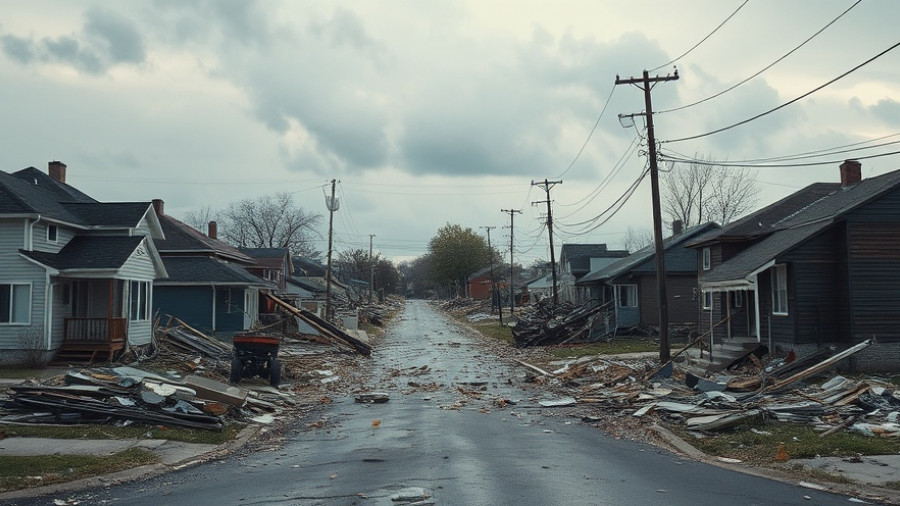
Understanding the Stakes: Environmental Inventory After Natural Disasters
The recent surge in natural disasters, driven by climate change, calls for careful consideration of the environmental impact before and after such events. As communities face the aftermath of floods, wildfires, and hurricanes, the urgent need to evaluate the potential environmental risks is paramount.
Risky Materials: What You Need to Know
One of the most dangerously overlooked aspects following a natural disaster is the potential release of hazardous materials. Asbestos and lead-based paints are prevalent in older buildings and can pose serious health risks to affected communities. Understanding the building materials in your property is crucial for identifying potential hazards.
Asbestos: A Silent Threat Unleashed
Asbestos, once celebrated for its fire-resistant properties, can become a major health threat when buildings are damaged. Wildfires can ignite old structures, releasing asbestos fibers into the air. If your property dates back to before the 1980s, it’s vital to assess the condition of these materials. Emergency responders and residents returning post-disaster are particularly vulnerable, emphasizing the need for thorough inspections.
The Risks of Lead Exposure During Clean-Up
Lead, a toxic substance found in buildings painted before 1978, also poses risks during disasters. Damaged structures can release lead dust, particularly dangerous for young children. Health risks associated with lead exposure include neurological damage and developmental delays, making it imperative for families to recognize and mitigate these hazards.
Volatile Organic Compounds: The Invisible Hazard
Modern buildings often contain synthetic materials that can emit volatile organic compounds (VOCs) when damaged. The risks extend beyond structural integrity; exposure to burning plastics or electronics can lead to severe health complications, including respiratory issues and long-term illnesses. It is crucial that homeowners familiarize themselves with the types of materials present in their homes to avoid unexpected contamination.
Moving Forward: Strategic Environmental Assessments
With a focus on recovery, communities need to adopt proactive strategies concerning environmental assessments. Understanding the risks of materials in your building can empower property owners during insurance claims processes. Knowing what contaminants may be released aids not just in personal safety but also in navigating the claim negotiation process effectively.
Practical Tips to Safeguard Your Claim
Once you comprehend the environmental risks, the next step involves handling your property damage claim effectively. Here are some tips:
- Document Damage: Take comprehensive photos and maintain records of the damage, which will be vital during the insurance claim process.
- Know Your Policies: Familiarize yourself with your policy details, particularly regarding covered environmental risks and timelines for filing.
- Engage Experts: Employ environmental experts for assessments who can provide necessary documentation for your claims.
- Be Prepared for Negotiation: Claim adjusters may question the environmental impact; being informed about hazardous materials will factor into your negotiations.
Final Thoughts: Prioritizing Safety and Awareness
As we face the reality of increasingly severe natural disasters, prioritizing both personal safety and environmental assessments is critical. By being knowledgeable about the risks associated with hazardous materials, homeowners can better protect themselves and navigate the complex claims process that follows. Make sure to have all your information organized and be prepared to advocate for your health and safety post-disaster.
Call to Action: Don’t wait for the next disaster to take action. Have a professional assess your property today for hazardous materials and understand your insurance policy to ensure that you’re adequately protected. Contact a local environmental expert for guidance on how to proceed effectively.
 Add Row
Add Row  Add
Add 




Write A Comment